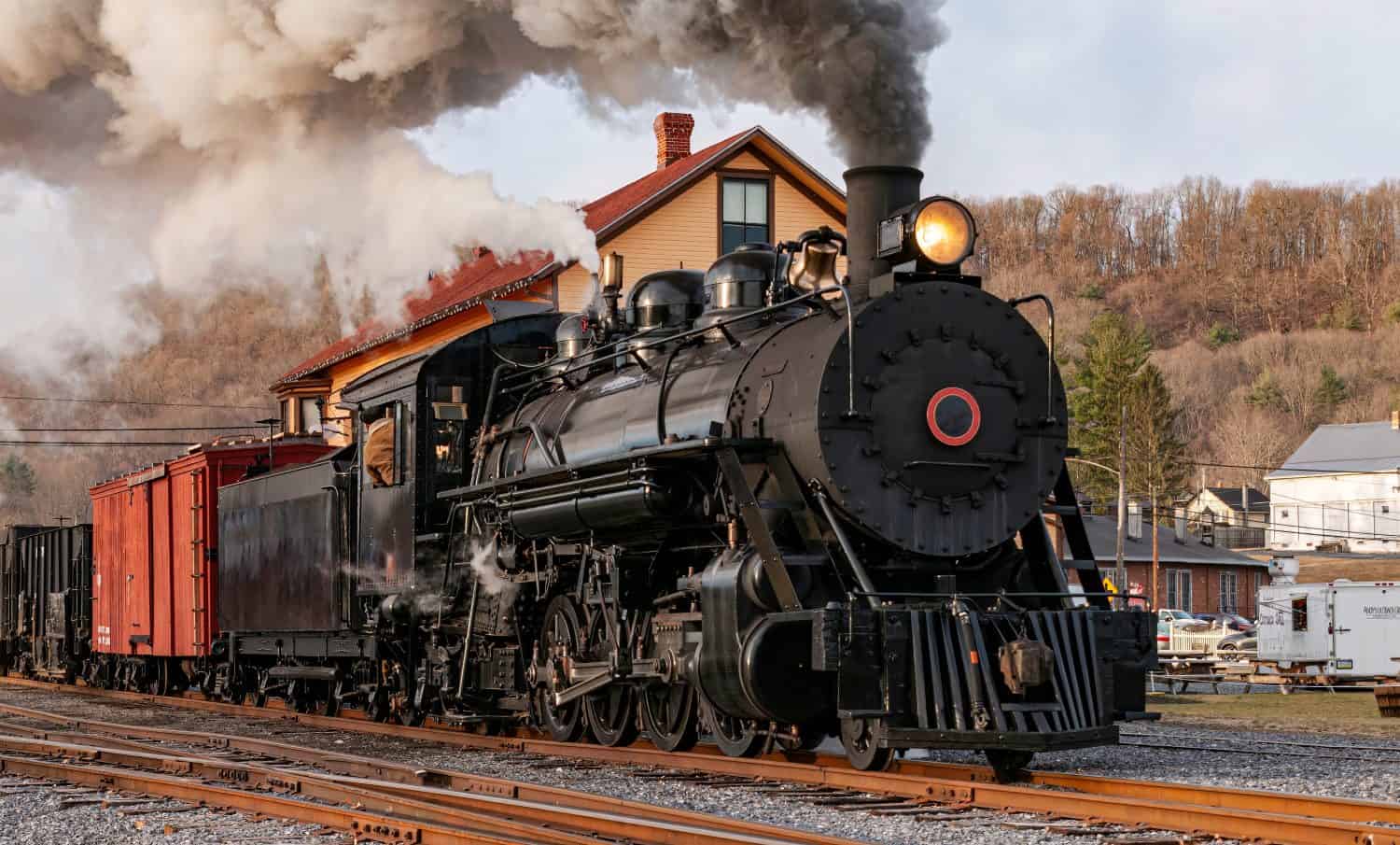
24/7 Insights
- The movement westward helped expand America to California.
- Steam engines were able to cut travel time by months.
- The introduction of the Colt revolver helped settlers protect their land.
- Also: Discover “The Next NVIDIA”
One of the most important periods in American history was the movement to settle out west. With the invention of the transcontinental railroad, the opportunity to move westward and find new life became a reality for many. Of course, it wasn’t just the transcontinental railroad that made settling in the West possible, as other inventions played a significant role during this historic era of US history.
11. Sharps Rifle

While other weapons were focused on defending land and close combat, the 1874 Sharps Rifle could fire .40, .45, and .50 caliber, depending on what you were hunting. As a result, it was great for taking down buffalo and could be used at great distances.
10. Seed Drill

While the seed drill was initially invented in the 1700s, it became a significant tool for westward expansion. This invention enabled farmers to plant seeds at the correct depth and spacing, which meant better crop yield and more food for families to sell and eat.
9. Rotary Printing Press
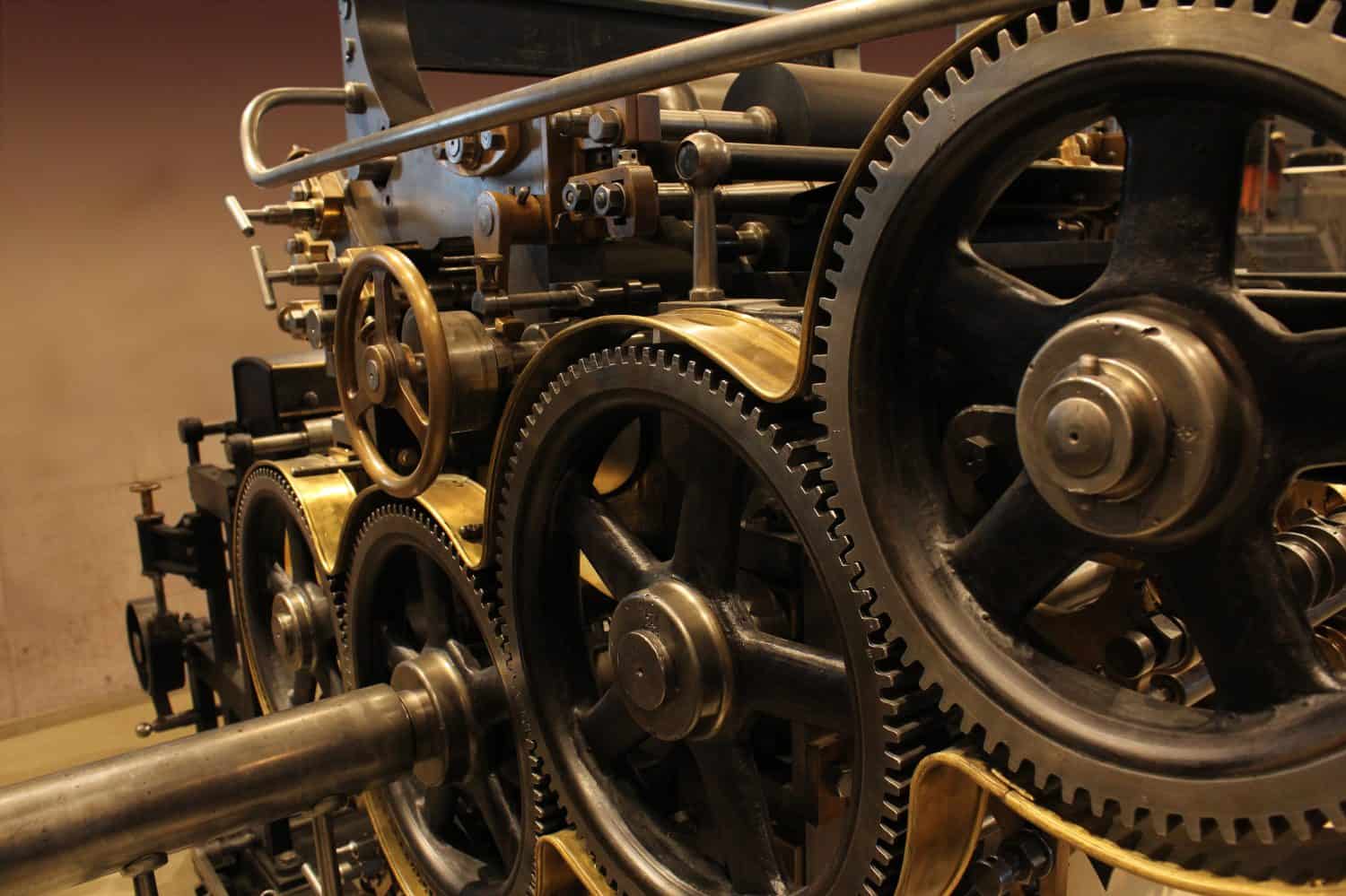
The rotary printing press, designed for faster newspaper printing, helped inform the country about new land opportunities out west and provided settlers with information about land claims.
8. Canned Food
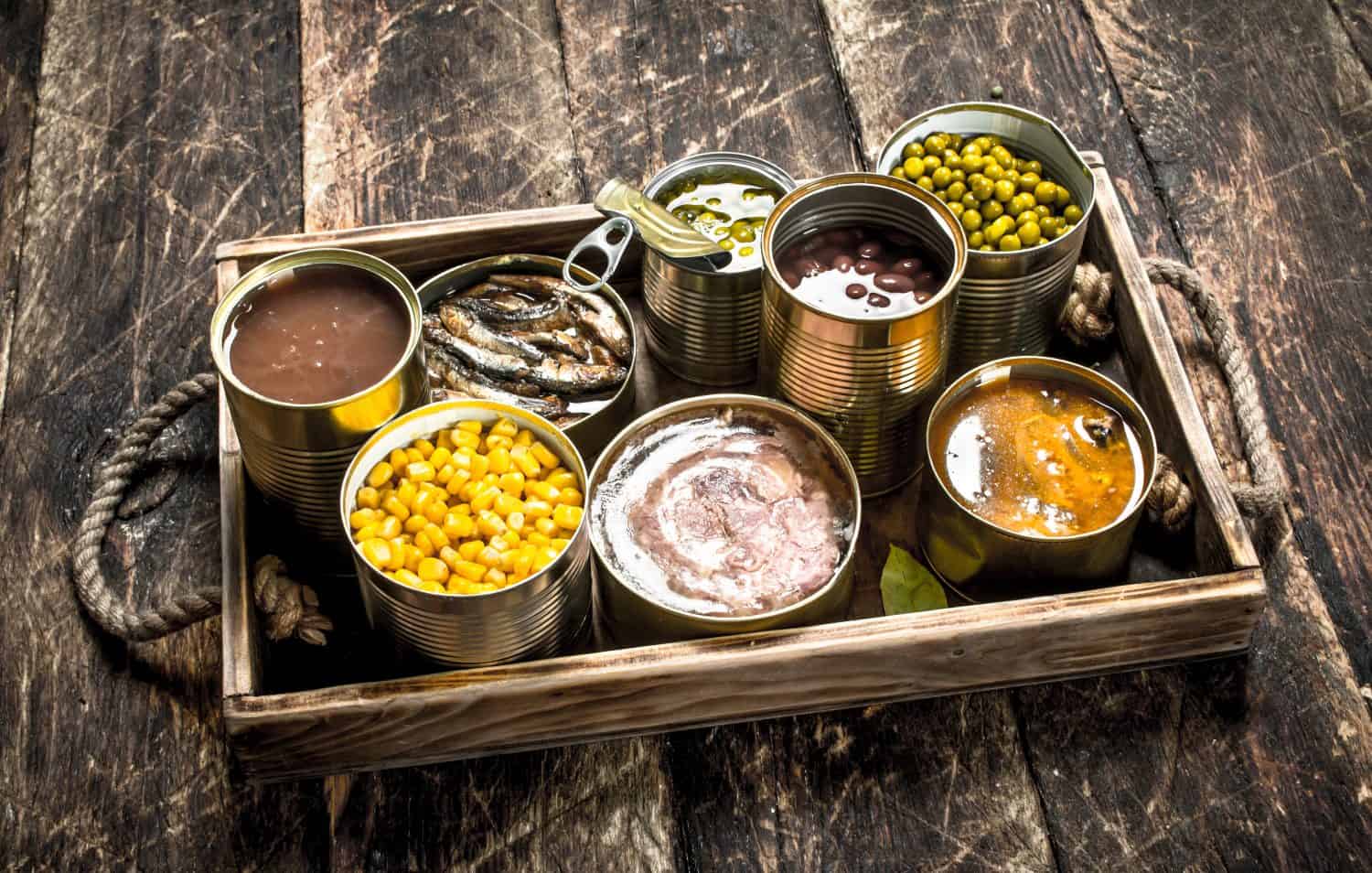
Until food production grew in the West through farming, canned food significantly contributed to westward expansion. This invention allowed settlers to preserve food longer, especially in newly populated areas with scarce fresh food.
7. Bessemer Steel Process
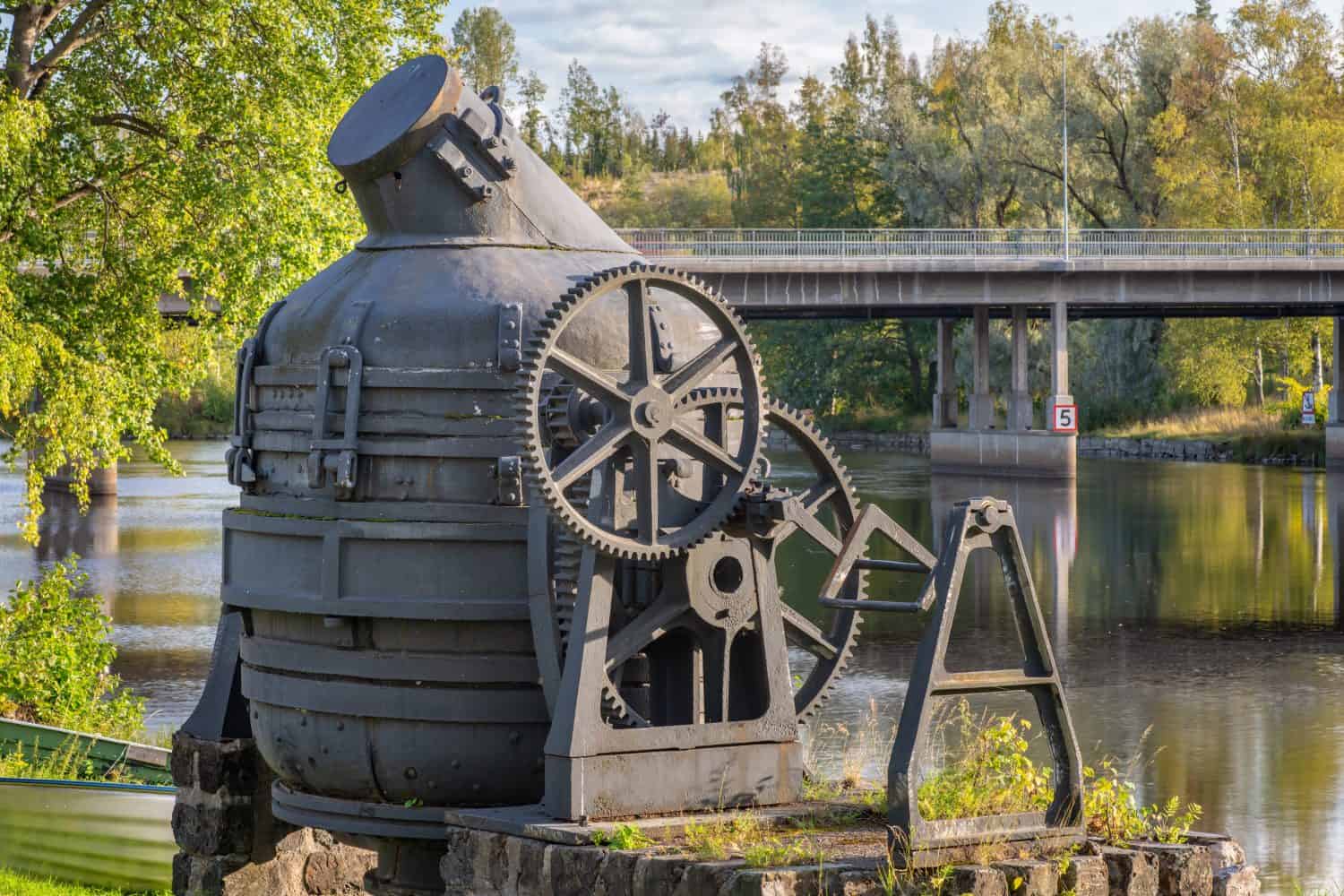
As railroad expansion grew in the West, producing steel became vital to the growing population of new settlers. The Bessemer steel process helped lower the cost of steel production, making it less expensive to build railroads, farming equipment, and bridges.
6. Windmills
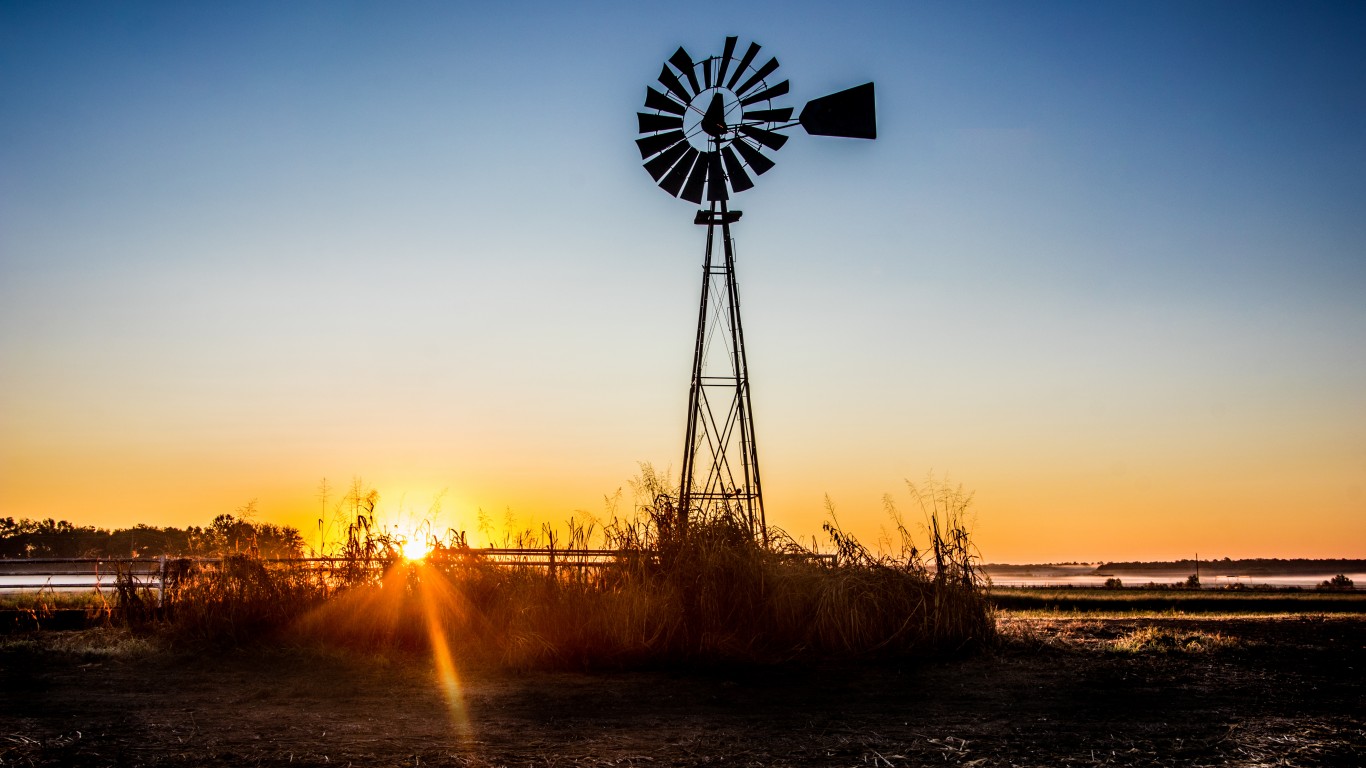
While much of the West had an arid climate during westward expansion, the invention of the windmill became a significant part of everyday life. These wind-powered inventions enabled access to groundwater where surface water was difficult to come by and allowed for irrigating crops and drinking water.
5. Steel Plow

John Deere invented the steel plow in 1837, helping revolutionize farming in the Midwest. Previously, iron and even wooden plows were prone to breaking, but steel plows had no issues with the thicker soil of the Midwest, making planting crops much more efficient.
4. Barbed Wire

One of the more unique inventions that helped settle the West was barbed wire. This type of fencing was a revolutionary advancement that helped raise cattle. While fencing wasn’t new in general, the idea of wiring that protected livestock and kept out predators was a major invention.
3. The Colt Revolver
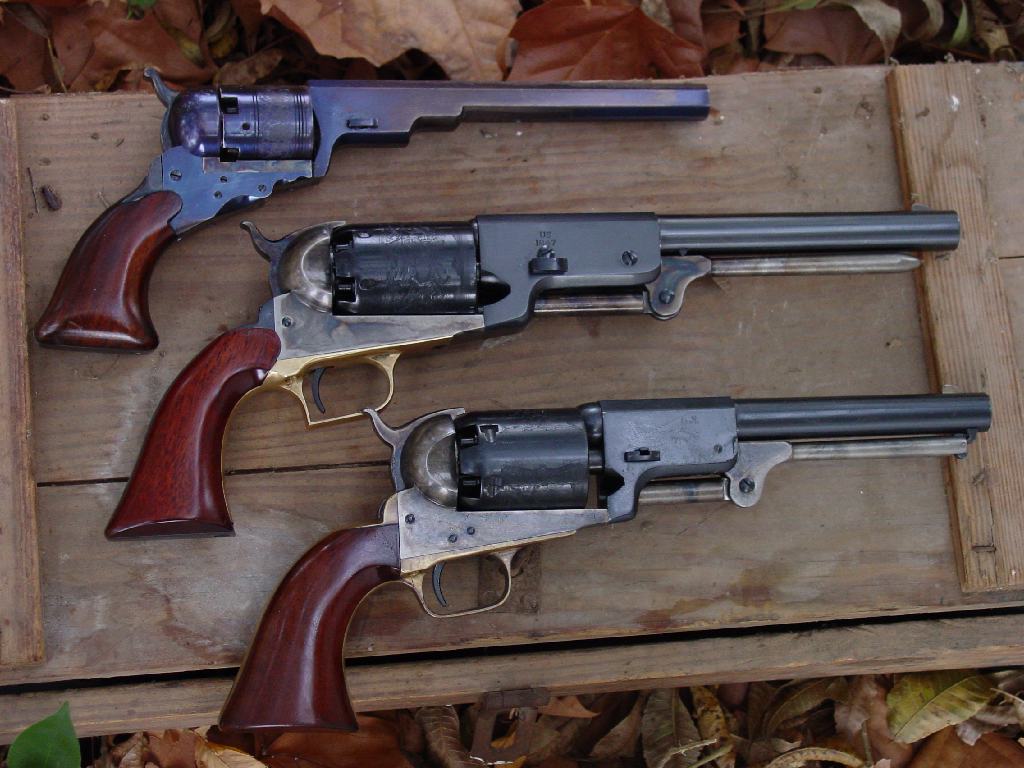
As the movement westward grew more popular, battling Indian tribes became a reality. The result was a need for more advanced guns and one of the most popular was the Colt revolver. Capable of holding six shots, the “Texas pistol” came about in the 1830s and undoubtedly helped win the West.
2. Telegraph
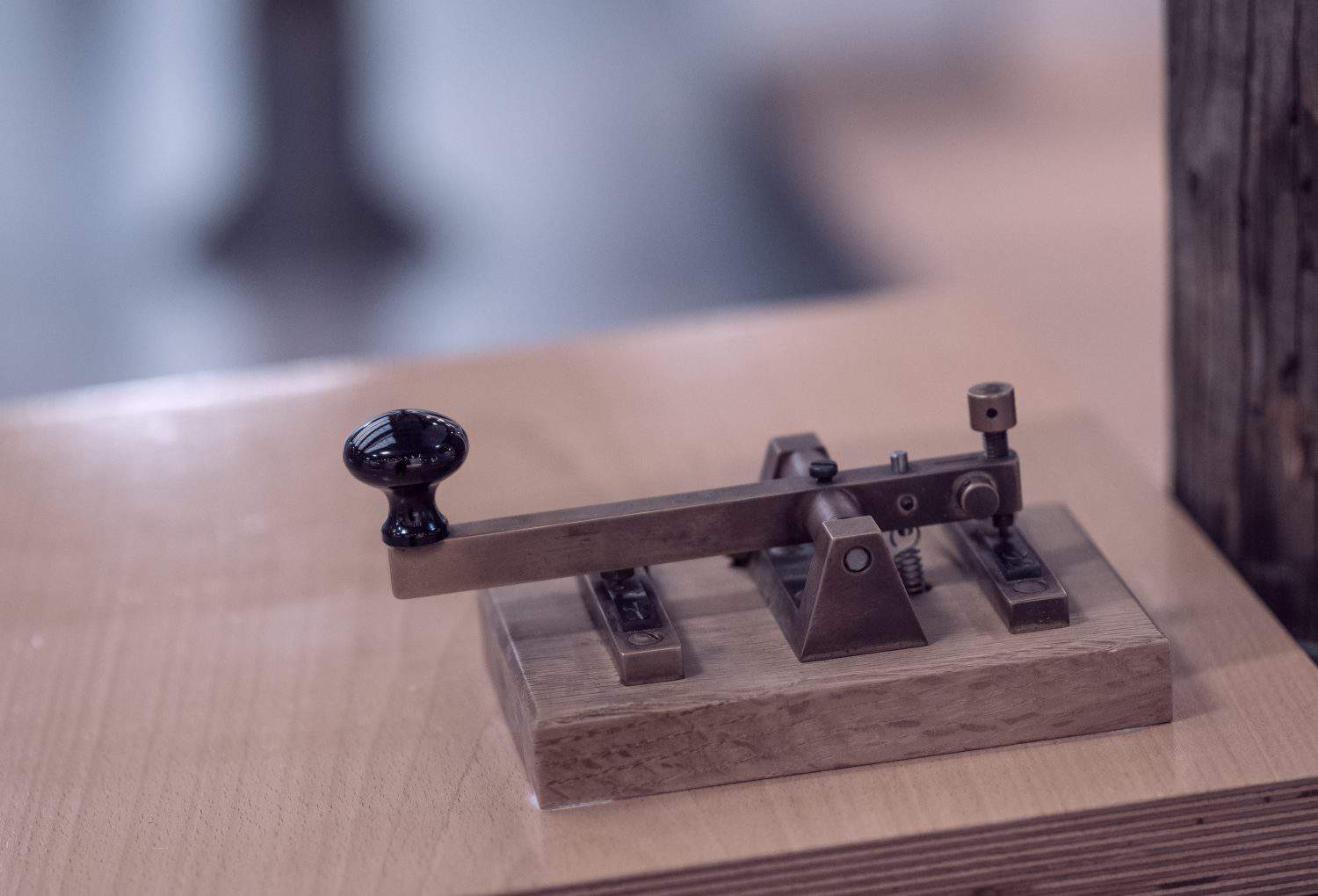
The invention of the telegraph unquestionably helped popularize moving out west. While Pony Express delivery could take weeks, telegraph messages could be delivered across the country in a fraction of a second, starting in 1861 when Wester Union completed the first transcontinental telegraph line.
1. Steam Engine

It won’t come as any surprise to learn that the steam engine and the transcontinental railroad were the biggest inventions that helped westward expansion. Before railroads, going from east to west meant riding months in a horse-drawn wagon. Instead, the steam engine allowed you to go coast to coast in approximately 80 hours.
Credit Card Companies Are Doing Something Nuts
Credit card companies are at war. The biggest issuers are handing out free rewards and benefits to win the best customers.
It’s possible to find cards paying unlimited 1.5%, 2%, and even more today. That’s free money for qualified borrowers, and the type of thing that would be crazy to pass up. Those rewards can add up to thousands of dollars every year in free money, and include other benefits as well.
We’ve assembled some of the best credit cards for users today. Don’t miss these offers because they won’t be this good forever.
Flywheel Publishing has partnered with CardRatings for our coverage of credit card products. Flywheel Publishing and CardRatings may receive a commission from card issuers.
Thank you for reading! Have some feedback for us?
Contact the 24/7 Wall St. editorial team.
